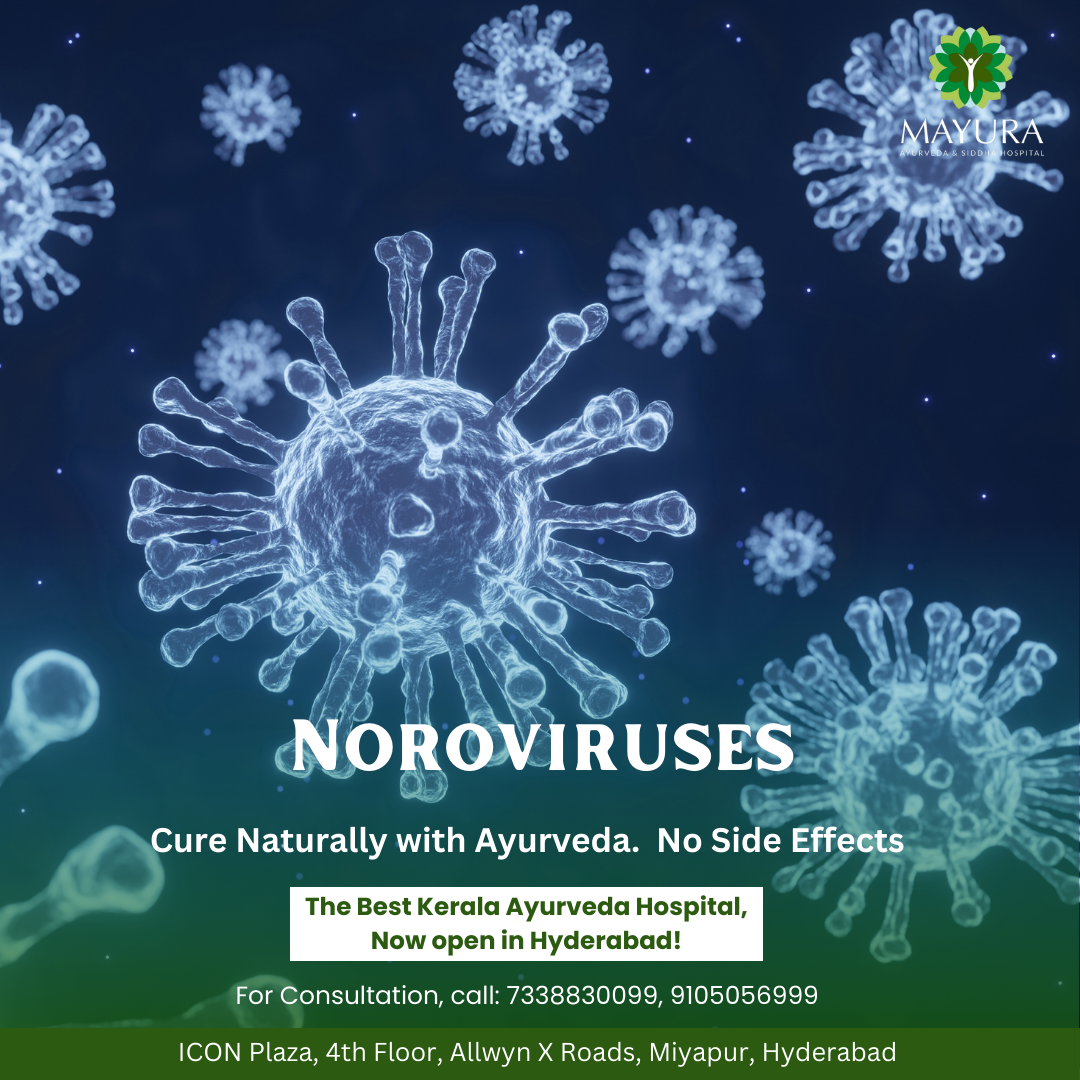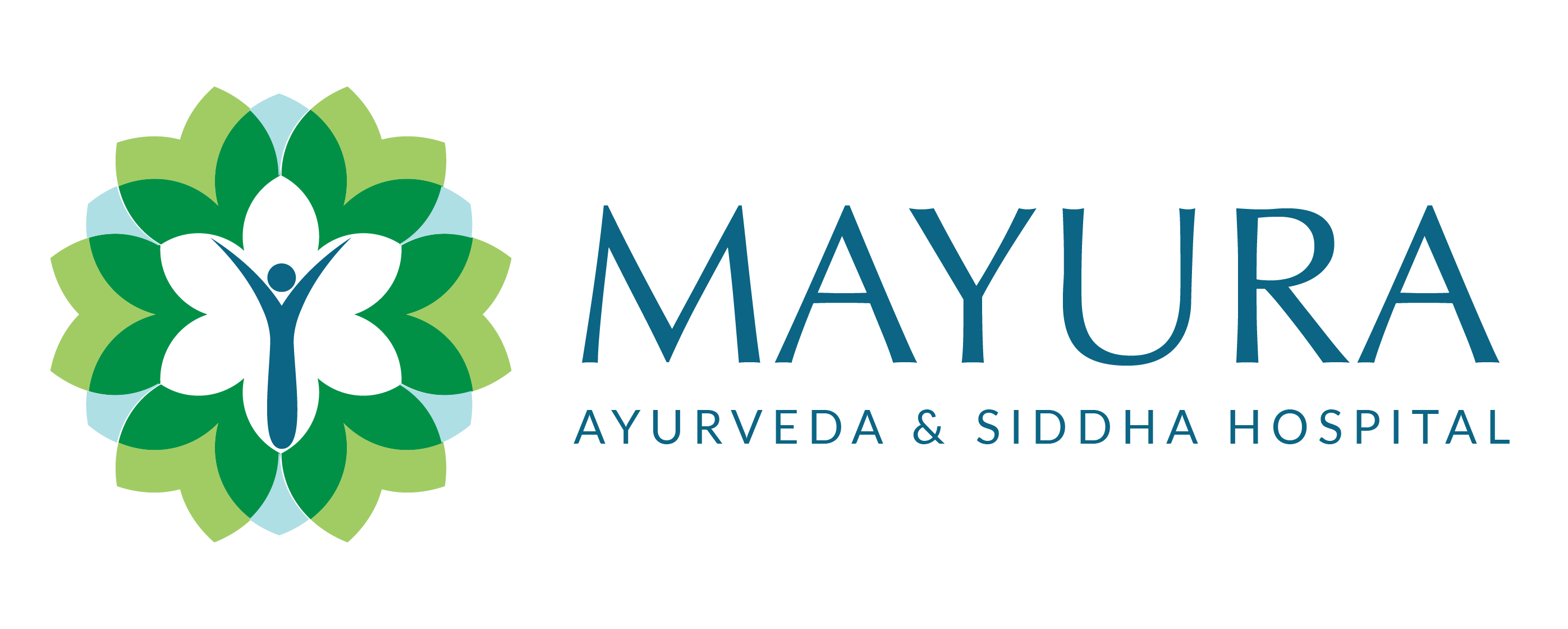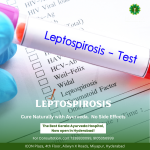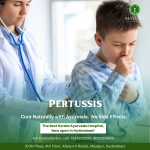
Understanding Noroviruses: Symptoms, Prevention, and Treatment Options
Noroviruses are notorious for causing outbreaks of gastroenteritis, leading to nausea, vomiting, diarrhea, and stomach cramps. Despite being highly contagious, there’s much we can do to mitigate their spread and minimize their impact on our health and daily lives. In this comprehensive guide, we delve into the world of noroviruses, exploring their symptoms, prevention strategies, treatment options, and practical tips for safeguarding against infection.
1. Symptoms of Norovirus Infection: Norovirus infections typically manifest as sudden onset of nausea, vomiting, diarrhea, and abdominal discomfort. These symptoms can be severe and debilitating, lasting for several days. Understanding the signs of norovirus infection is crucial for prompt recognition and appropriate management.
2. Transmission Routes: Noroviruses spread easily from person to person through direct contact, contaminated surfaces, and consumption of contaminated food or water. Understanding the transmission routes can help individuals take proactive measures to prevent infection and reduce the risk of outbreaks in communal settings.
3. Prevention Strategies: Preventing norovirus infection begins with practicing good hygiene habits, including frequent handwashing with soap and water, especially after using the toilet or before handling food. Proper cleaning and disinfection of surfaces and avoiding close contact with infected individuals are also essential preventive measures.
4. Treatment Options: There is no specific antiviral treatment for norovirus infection. Management primarily focuses on supportive care, including adequate hydration to prevent dehydration and electrolyte imbalances. Over-the-counter medications may help alleviate symptoms such as nausea and diarrhea, but individuals should consult healthcare professionals for personalized advice.
5. Protecting Vulnerable Populations: Certain groups, such as young children, older adults, and individuals with weakened immune systems, are at higher risk of severe complications from norovirus infection. Implementing targeted preventive measures and promptly seeking medical attention if symptoms arise are crucial for protecting these vulnerable populations.
By understanding the symptoms, transmission routes, prevention strategies, and treatment options associated with norovirus infection, individuals can take proactive steps to safeguard their health and well-being. Practicing good hygiene habits, maintaining a clean environment, and staying informed about the latest recommendations can significantly reduce the risk of norovirus outbreaks and their associated impact on public health.






